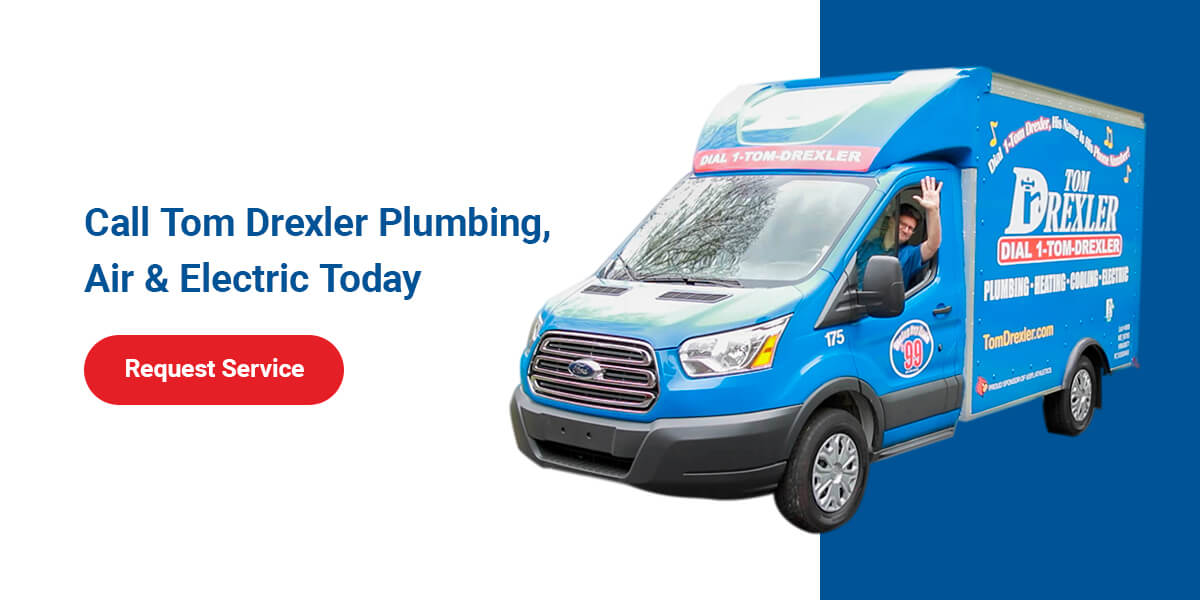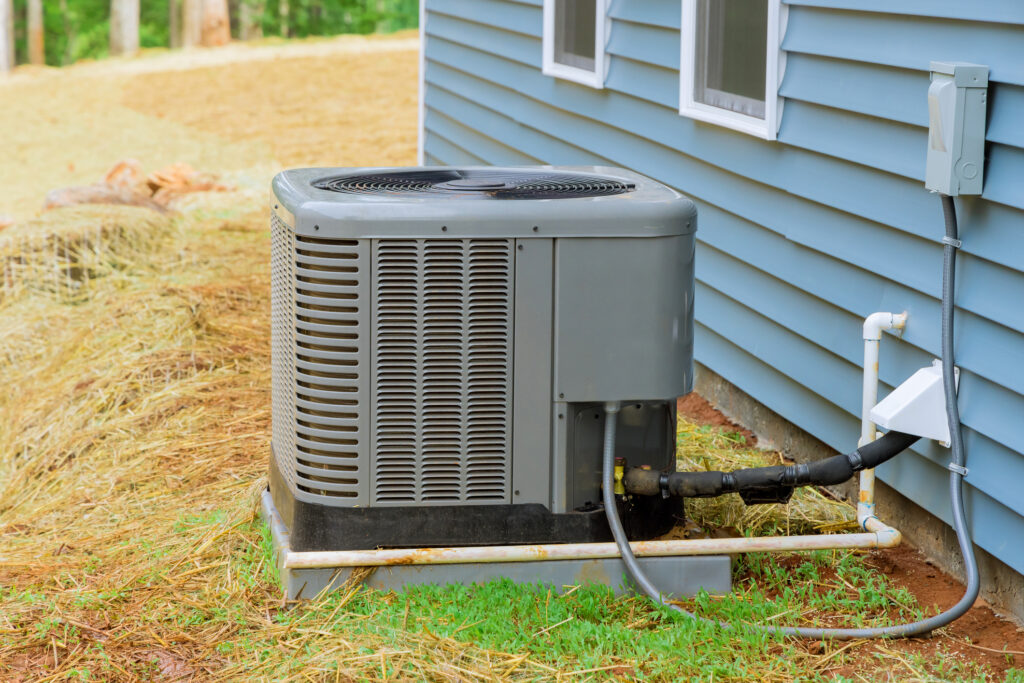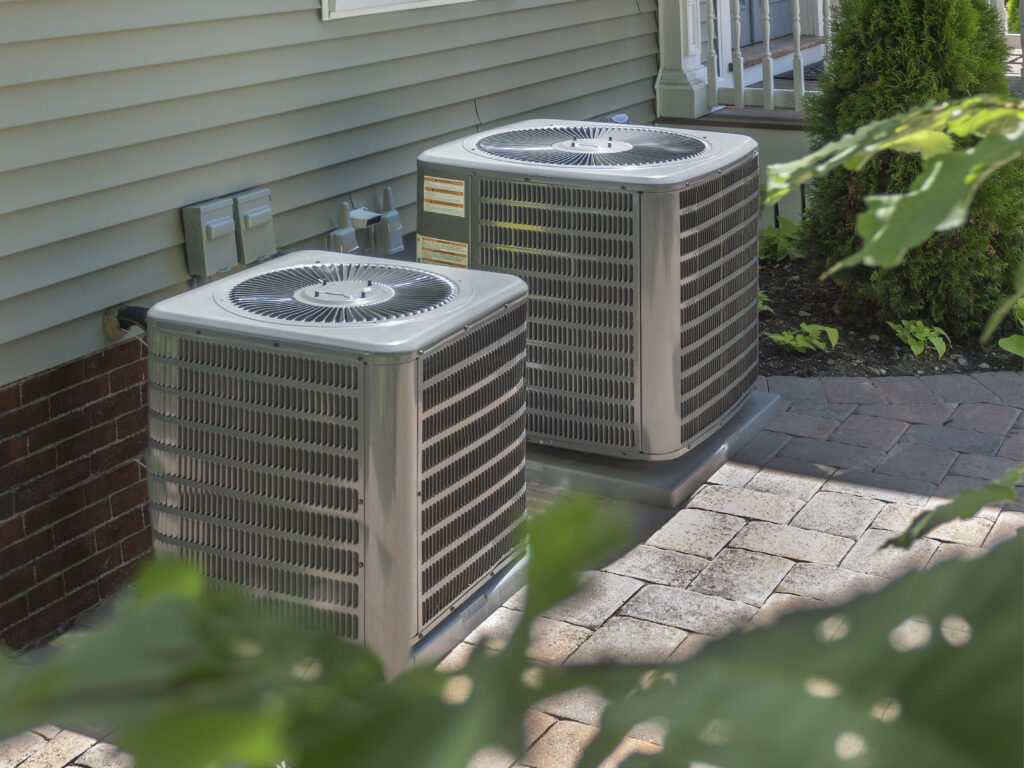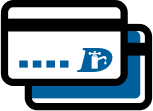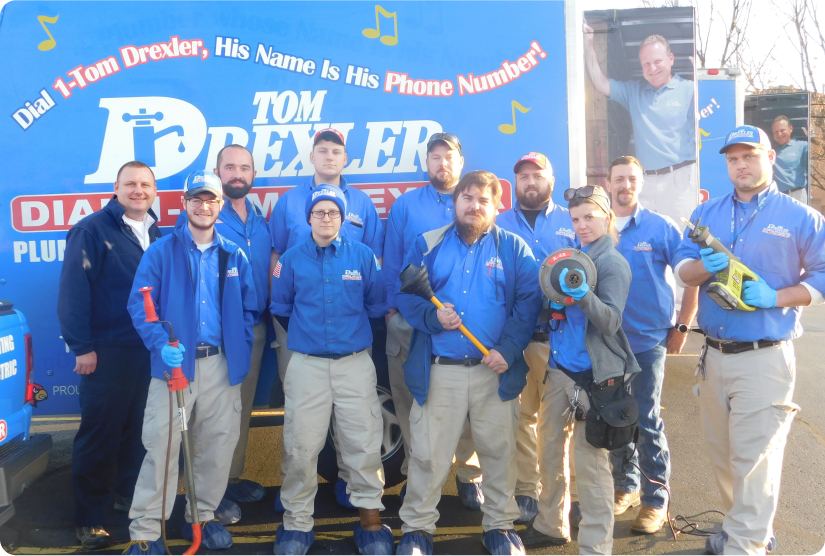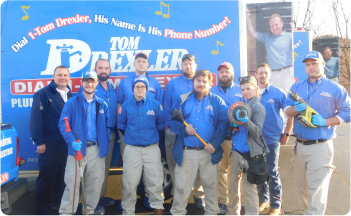Faulty plumbing systems result in water damage affecting the framework of your house. Besides the structural damages, faulty plumbing systems breed pests, contaminate the water and cause leaks on your property, making your home unhealthy and uncomfortable.
Regular preventive maintenance can help to keep the problems at bay. But how do you know when your drain needs cleaning? Today, we’ll help you understand when your pipes need cleaning and how often you should clean them.
Signs You Need Drain Cleaning
One of the most common questions homeowners ask is, “How do I know if I need a drain cleaning?” You’ve come to the right place. These 10 tips will make it easy for you:
1. Water Seepage From Pipes Inside the House
A sign of water inside the house is a pointer that your drain has issues. For example, if you flush the toilet and water ends up in the tub, the drainage branch may be obstructed. This obstruction causes the wastewater to enter the open drain closer to the waste pipe. Such situations require professionals who can identify and fix the problem once and for all.
2. Water Coming up From Exterior Pipes
Most townhomes, condos, homes and apartments have the drainage line on the exterior walls. Usually, a cleanout lies along the drainage line. The purpose of the cleanout is to:
- Discharge blocked waste out of the pipes before leakage occurs inside the house.
- Serve as the access point to your main drain line.
If you see water leaking from the access point, the main line could have a stoppage or your septic system is full. This warrants a collective cleanup of your waste pipes. With the help of plumbing professionals, you will manage to clean up the lines from the outside of the house. It would be more practical and quicker than removing your WC to access the drains.
3. Bubbling Sounds From the Pipes
Water is forced to pass through small spaces when your drains have an obstructive material. That leads to gurgling or bubbling sounds in the drain. For example, you may notice the toilet bubbling up after flushing, accompanied by gurgling sounds as waste moves down the drain. If you don’t remove the obstacle in due time, you may end up with a completely stopped-up drain. Therefore, it is crucial to solve the problem as soon as you notice it to save you time and money you would spend on higher maintenance.
4. Slow Draining of Pipes
The slow movement of wastewater indicates faults in the pipes. These faults include:
- Blocked pipes as a result of clogged solid matter.
- Defective alignment of drainage pipes.
Clean the pipes before the problem intensifies, even if the movement has been slow for a long time. Ignoring slow-draining pipes will cause the lines to block completely. Maintenance will push the blocked waste and clear the walls of the drains for smooth flow. You will notice a difference if water does not stand still while taking a shower.
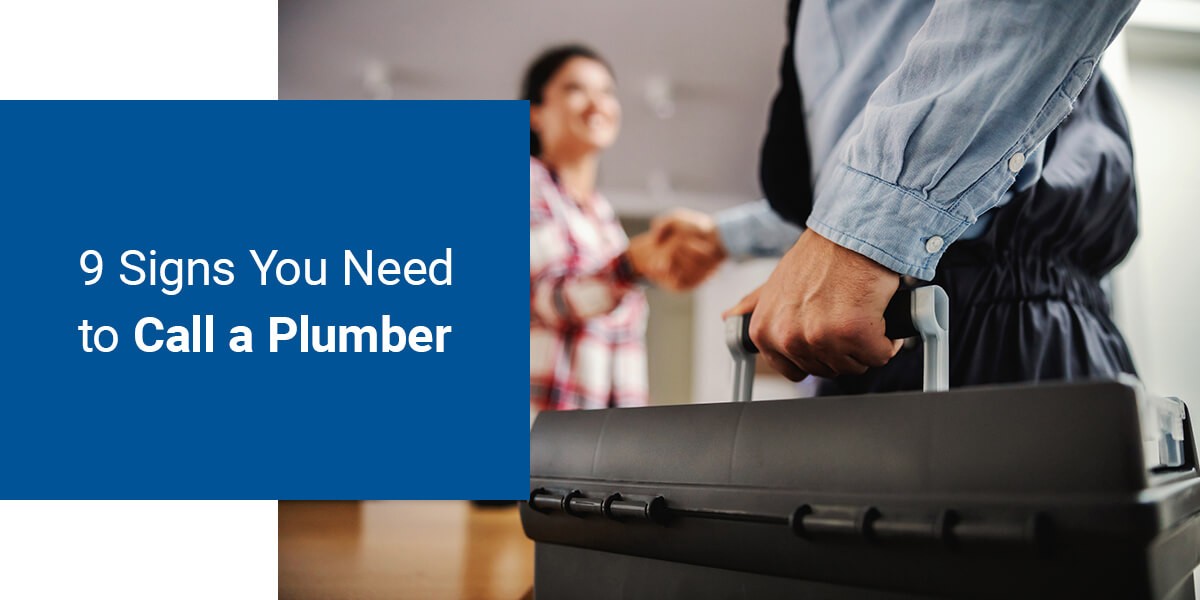
5. Unpleasant Odor From Pipes
When the pipes are clogged, waste builds up. After some time, the accumulation produces sewer gas. Most fixtures have traps that hold water to prevent dirty air from coming up the lines. If the unpleasant material fills the traps, you will likely get the smell. You can notice the odor from your kitchen sink, toilet or shower drain.
To maintain a clean drainage line, perform a regular inspection to check for signs. Maintenance will help to solve the problems early before extensive damage occurs. However, when the damage occurs unexpectedly, you must act quickly to prevent further damage to other parts of your home.
6. Frequent Clogs
There are times when you regularly take care of clogs, yet your bathroom gets clogged again and again. Frequent clogs could be a sign that there’s a more severe blockage situation to handle. Some residues, such as fibrous food, grease, oil and other non-food items, do not break down easily. When these materials build up inside your pipes over time, they create a clogging problem.
You may use home drain cleaners to help you break the clogs down. However, that may not be the ultimate solution, especially when the clogs keep occurring. In such a situation, the best approach will be to contact an experienced plumber.
7. Standing Water
Science makes one thing clear — water moves to fill empty spaces, whether downwards or sideways, due to gravity and pressure. This basic rule guides plumbing work, at least when it comes to the drainage system. So, if the water won’t drain from your washing machine, sink or bathroom, you need to look closely at the plumbing system.
Standing water means there’s a clog hidden somewhere in the pipes. This could be caused by eggshells, vegetables, paper towels, plastic materials — you name it. The materials prevent water from passing by. Cleaning your drains clears the space for water to flow.
8. Low Water Pressure
A drop in the water pressure in your shower, toilet or sink is another green light prompting you to consider cleaning your drain. One of the leading causes of low water pressure is residue and debris building up in the pipes. The usual culprits include sand, dirt, oil and grease, plastic waste and food particles. This makes it challenging for water to escape through your pipes.
Sometimes, opening your water meter valve or replacing the pressure regulator could fix the problem. Opening the main house shutoff valve to the max and cleaning the drain are plausible solutions. In any case, consulting a professional to inspect and fix your drainage system is a good step.
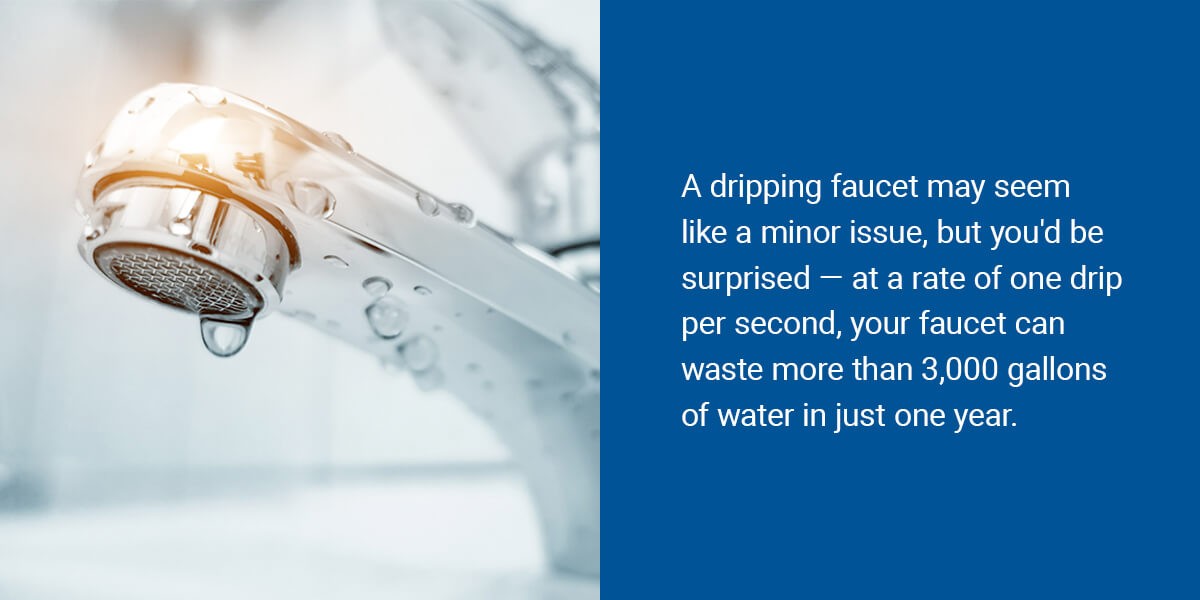
9. High Water Bills
Water bills occasionally fluctuate, which is normal. But a steep and unusual rise should draw your attention. This could result in pipe leakage, continuous water softener problems or a dripping faucet.
Clogged drains can also cause plumbing leaks due to water backing up in the pipes. When the water stands in the pipes for a considerably long time, it causes leaks through the seals and caulking. You may notice the leaks and rise in water bills immediately. Since the process could also be slow, preventive maintenance could help an expert detect the problem before it escalates.
10. Pests in Pipes
Do you see pests and insects like fruit flies around your kitchen sink even after cleaning the space? Calling the exterminator is not always the answer. Insects and pests can be attracted to food residue stuck in your drainage pipes. So even though your kitchen might be clean, you can’t confidently say the same about your drains. Cleaning all traces of food from your drains is an excellent way to eliminate pests.
How Often Do Pipes Need to Be Cleaned?
Experts recommend cleaning your pipes every 18 to 22 months. However, the period may change due to several factors. For instance, your location, your general water usage and how you use your sinks and toilets could determine how often to clean your pipes. Regular preventive maintenance is the best way to maintain clean lines. It also helps to have a reliable plumbing expert nearby.
Contact Tom Drexler Plumbing for Your Plumbing Solutions Today!
Maintaining a clean drainage system is the first step to keeping your home healthy and comfortable. One way to do this is to ensure your pipes are always clean. Regular preventative maintenance helps you identify and fix any problem before it escalates.
Tom Drexler Plumbing offers only the best plumbing, HVAC and electrical services to keep your home intact. Our experienced and highly qualified technicians are ready to inspect and fix your problems immediately. Fill out our contact form, and one of our trusted professionals will reach out to you.


